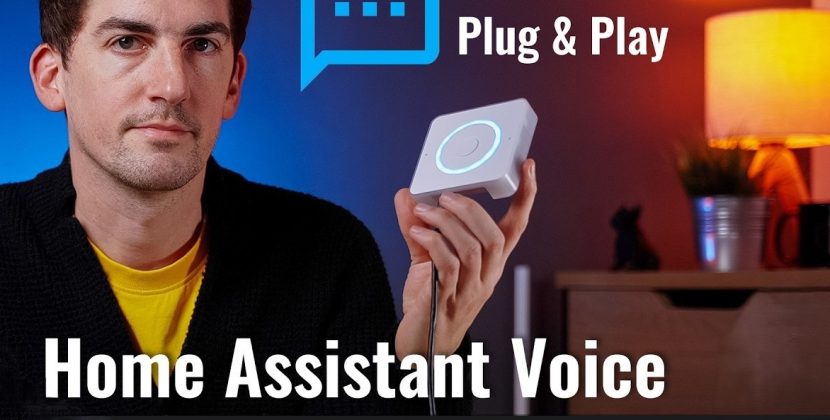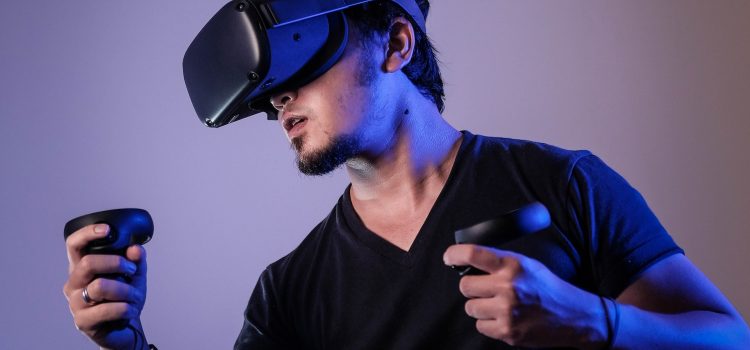
Blockchain technology has been around for over a decade, and it has been mostly associated with cryptocurrency. However, the potential of blockchain goes beyond digital currencies. In recent years, we have seen several innovations that have demonstrated the versatility and potential of blockchain technology.
One such innovation is Non-Fungible Tokens (NFTs). NFTs are digital assets that are unique and cannot be exchanged for another asset of equal value. They are created using blockchain technology, which makes them immutable and transparent. NFTs have been used in various industries, including gaming, art, and music.
The gaming industry, in particular, has seen a significant rise in the use of NFTs. Blockchain technology has made it possible for gamers to own in-game assets, such as skins and weapons, which can be traded in a decentralized marketplace. This has created a new revenue stream for game developers and has given gamers more control over their digital assets.
Another innovation that has been made possible by blockchain technology is Smart Contracts. Smart Contracts are self-executing contracts with the terms of the agreement between buyer and seller being directly written into lines of code. The code and the agreements contained therein exist on a decentralized blockchain network. This eliminates the need for intermediaries, such as lawyers or banks, and reduces transaction costs.
Smart Contracts have a wide range of potential use cases, from real estate transactions to supply chain management. For example, in the supply chain industry, Smart Contracts can be used to automate and streamline the process of tracking goods from the manufacturer to the end-user. This increases transparency and accountability, reduces the risk of fraud, and saves time and money.
Aside from NFTs and Smart Contracts, other blockchain innovations are emerging. For example, decentralized finance (DeFi) is an ecosystem of decentralized financial applications that operate on blockchain networks. DeFi has the potential to disrupt traditional financial systems by providing open access to financial services, reducing costs, and increasing transparency.
While blockchain technology is still in its early stages, its potential for innovation is vast. As more people become aware of the possibilities that blockchain presents, we can expect to see more advancements in the space. However, with every innovation comes the risk of misuse and exploitation. As such, it is important that blockchain is developed responsibly, with a focus on security and ethical practices.
In conclusion, blockchain technology has come a long way since the creation of Bitcoin over a decade ago. The emergence of NFTs, Smart Contracts, DeFi, and other blockchain innovations is proof that the technology has far-reaching potential. As we explore the latest innovations in blockchain, it is crucial that we keep in mind the importance of responsible development and ethical practices. Only then can we fully realize the benefits of this revolutionary technology.

















